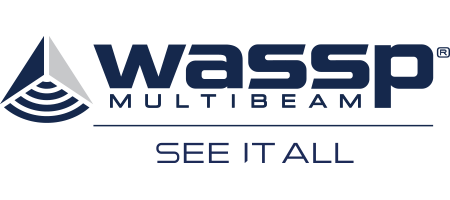F-SERIES APPLICATIONS
Applications of the Wassp F-Series
We all know, with fishing, habitat is where it’s at. Understanding the seafloor is critical to fishing in all depths of water. The good news is, the WASSP F-Series is purpose-designed for all fishing operations.
SUCCESSFULLY EXPLORE NEW FISHING GROUNDS
Plus, you can confidently explore new fishing grounds much faster and with greater accuracy. This is especially useful if regulations around fishing grounds change or environmental factors such as storms or droughts affect your usual fishing grounds.
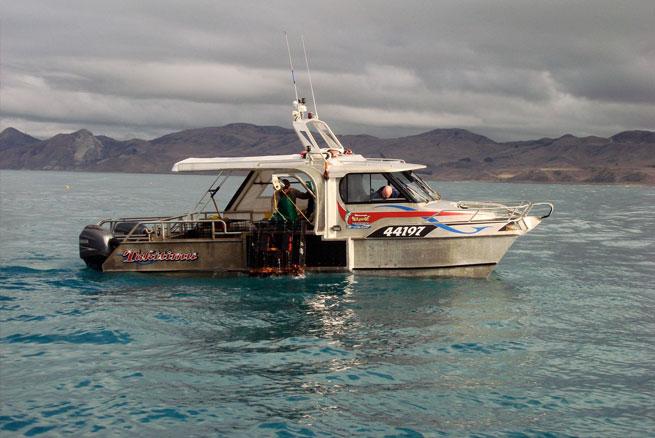
Inshore – F3
The scalable system gives you a wide range of features and capabilities. The system can be tailored to all types of inshore fishing to optimise all operations for greater efficiency and increased productivity.

Coastal – F3, F3X
The 3D presentation of the seabed combined with the optional backscatter function helps you assess seafloor hardness to identify the best fishing grounds in a range of different environments.
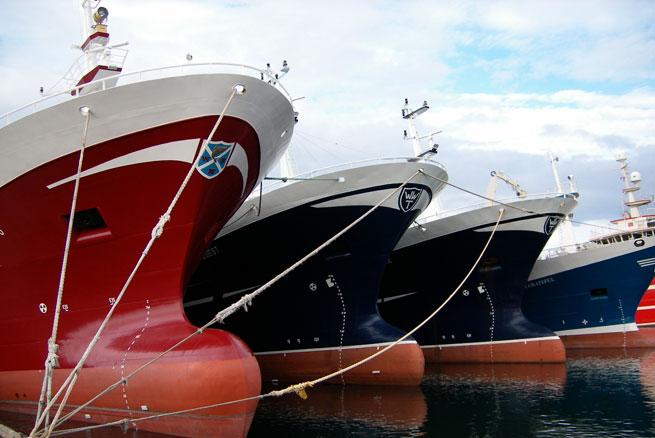
Offshore – F3X, F3XL
With accurate water column and seabed information, you’ll be better informed to make decisions that will maximise your catch and minimise your time at sea. The wideband CHIRP technology gives you excellent separation of target species throughout the water column for more sustainable fishing.
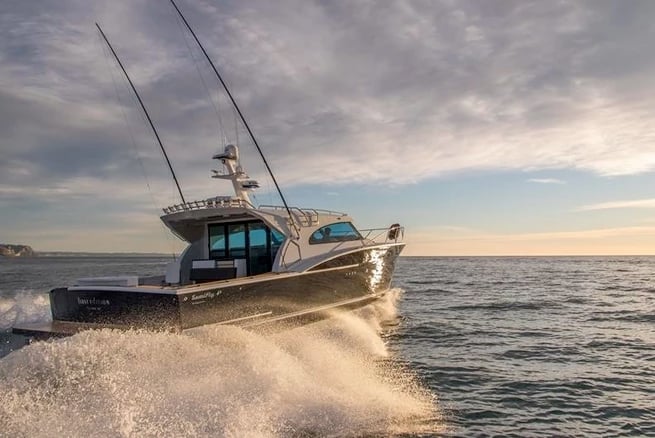
Sportfishing – F3, F3X
With its 120-degree port-to-starboard swath, you’ll locate and map baitfish shoals quickly and easily. This lets you present your lures and bait to marauding billfish and tuna with great accuracy. The wideband CHIRP technology enables excellent target separation of bottom species like bass and bluenose.
FISHING METHODS
Fishing gear is the tool with which aquatic resources are captured. All gear has evolved to target particular species or groups of species. The fishing method is how the gear is used. Which method is most appropriate is dictated mainly by the target species and its habitat. Below are some of the most popular methods, which can be made much more efficient with the use of the WASSP F-Series.
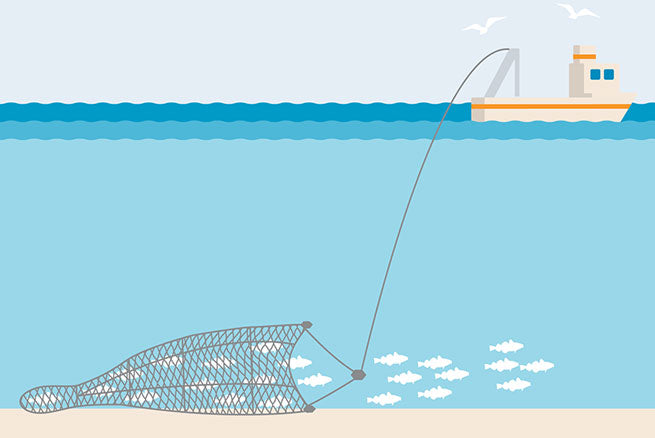
DEMERSAL OR BOTTOM TRAWL
Demersal or bottom trawling uses a cone-shaped net with a closed ‘cod-end’ that holds the catch. These nets are towed by one or two boats and are designed to catch fish living at great depths or close to the seafloor.
F-Series match: F3, F3X and F3XL
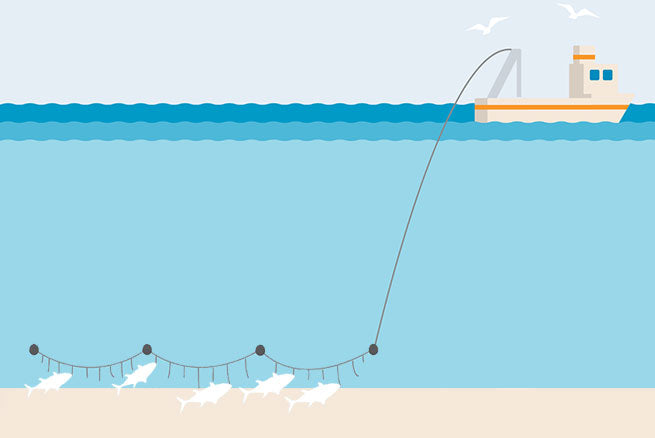
DEMERSAL LONGLINES
Longlines are classified mainly by where they are placed in the water column. Demersal longlines are set along the seafloor for groundfish such as halibut or cod. (Demersal definition: living close to the floor of the sea or a lake).
F-Series match: F3 and F3X
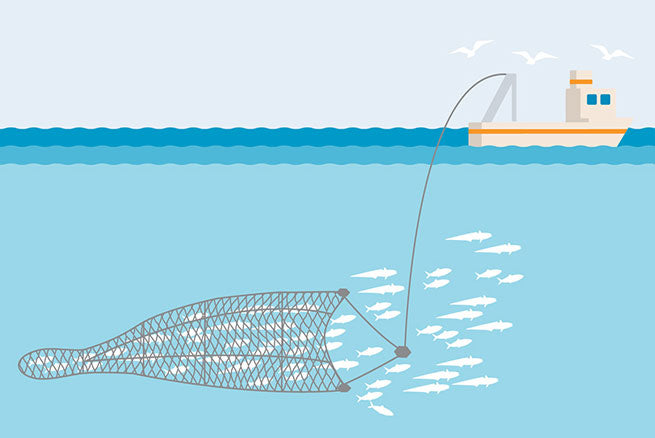
PELAGIC TRAWL
Pelagic, or midwater trawls, have a cone-shaped net and a closed ‘cod-end’ that holds the catch. Pelagic trawls are usually much larger than bottom trawls and can be towed by one or two boats (pair trawling). They are designed to catch fish in the mid and surface water, such as herring, hoki and mackerel.
F-Series match: F3, F3X and F3XL
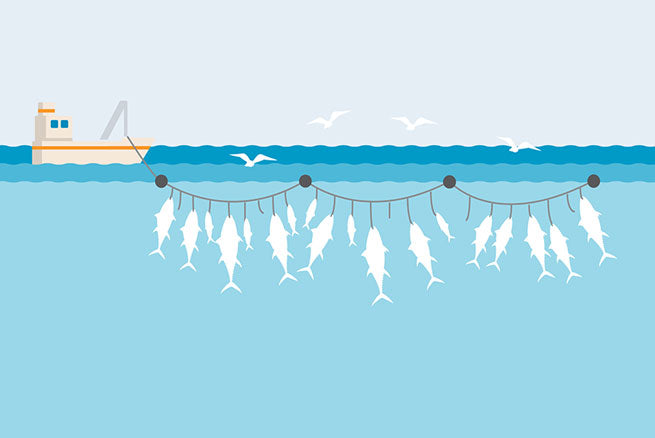
PELAGIC LONGLINE
Pelagic, or midwater longlines, trail a long line, or main line, behind a boat hanging near the surface to catch fish such as tuna and swordfish.
F-Series match: F3 and F3X
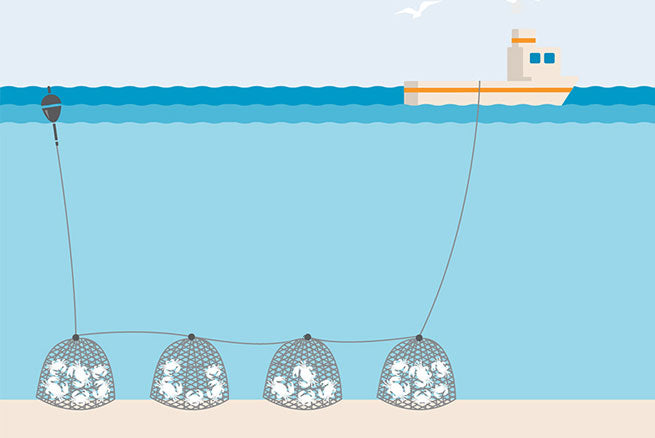
POTS AND TRAPS
Stationary traps, or pots, are used to catch crustaceans such as lobsters and crabs. The size and shape of traps may vary, but all feature a cone-shaped entrance tunnel through which a crab or lobster is enticed with bait, but from which they cannot escape.
F-Series match: F3
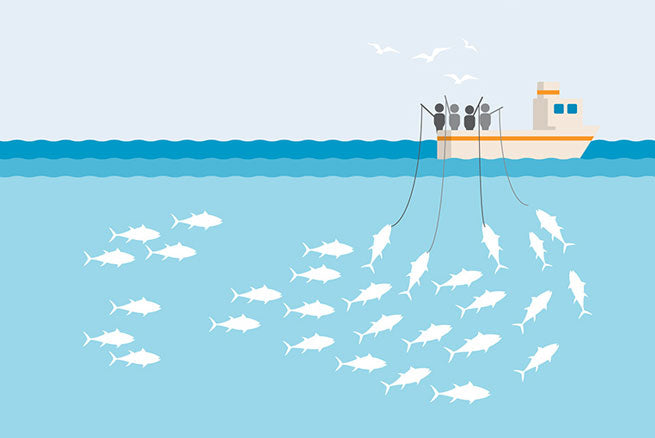
POLE AND LINE
Pole and line is used to catch tuna and other large pelagic (midwater) species one fish at a time. When a school of target fish is located, Fishers line up along the back of the boat each with a hand-held wooden or fibreglass pole with a short line and barbless hook attached. Once a fish is hooked it is flicked up and over the head of the Fisher and onto the deck.
F-Series match: F3X and F3XL
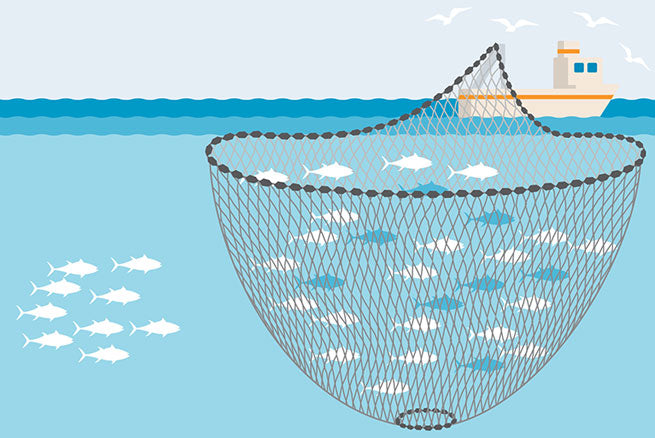
PURSE SEINE
Purse seines are used in the open ocean to target dense schools of single-species pelagic (midwater) fish like tuna and mackerel. A vertical net ‘curtain’ is used to surround the school of fish, the bottom of which is then drawn together to enclose the fish, similar to tightening the cords of a drawstring purse.
F-Series match: F3X and F3XL
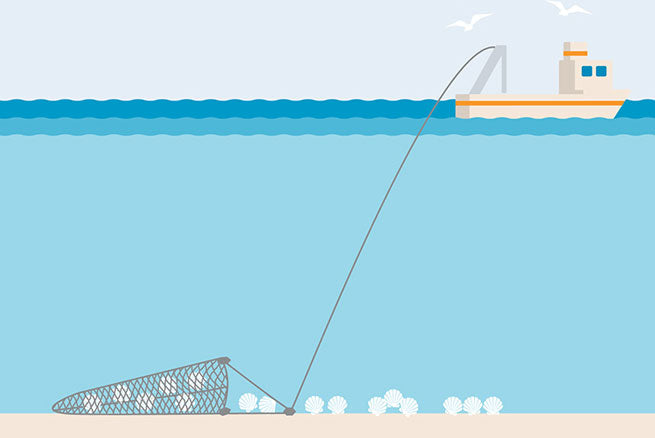
SHELLFISH HARVESTING (DREDGING)
Dredges are rigid structures that are towed along the seabed to harvest bivalves such as scallops, oysters and clams. The design of dredges varies depending on the species being targeted, but many consist of a triangular frame. A bar at the front of this frame dislodges shellfish as it is dragged over the sediment and passes them into a collecting basket.
F-Series match: F3
